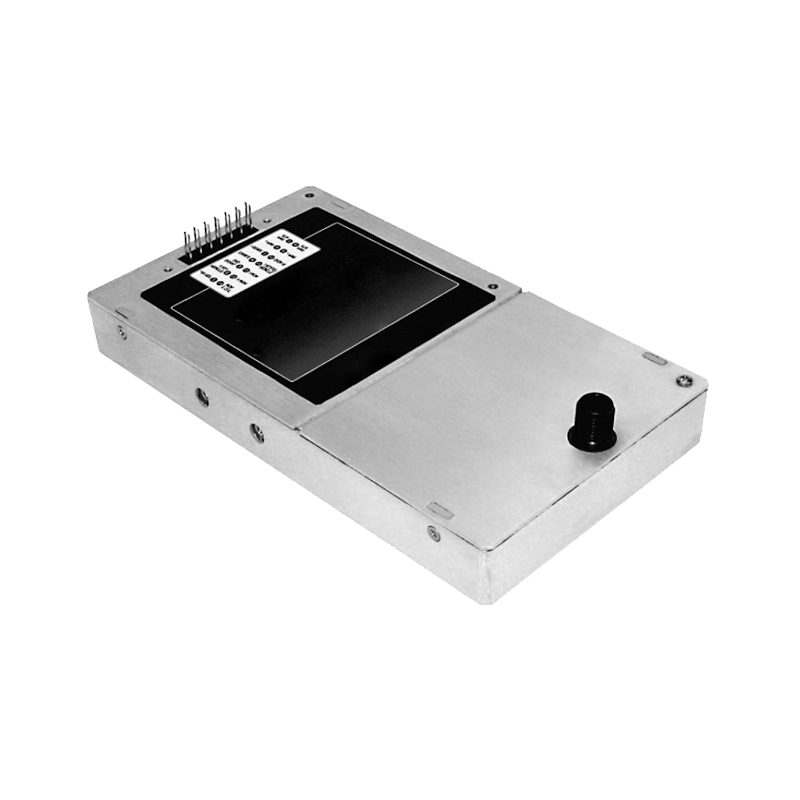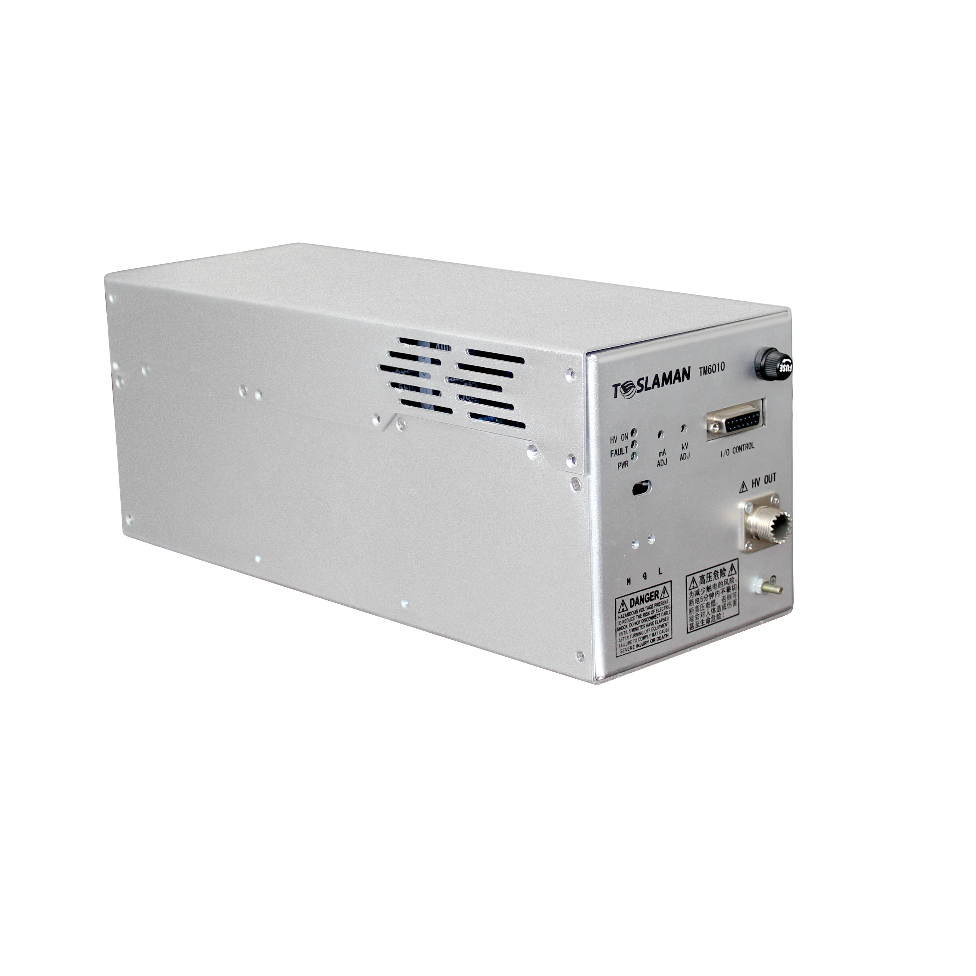Power-Saving Renovation of High-Voltage Power Supplies in Transmission Electron Microscopes
Transmission electron microscopes (TEMs), as core equipment for nanoscale material analysis and biological structure characterization, rely heavily on the performance of high-voltage power supplies. Traditional systems account for over 30% of total energy consumption, with issues of low efficiency and thermal management. Power-saving renovations can significantly reduce energy use while maintaining atomic-scale resolution, advancing the green transformation of scientific instruments.
I. Energy Consumption Bottlenecks in High-Voltage Power Supplies
1. Efficiency Defects of Linear Power Supplies:
Conventional linear regulated power supplies adjust voltage via transistor equivalent resistance, achieving only 30–50% efficiency. At high accelerating voltages (80–300 kV), excess energy dissipates as heat, increasing cooling loads and destabilizing the microscope column due to lab temperature fluctuations.
2. Noise Interference in Switching Power Supplies:
While switching supplies can reach >70% efficiency, high-frequency noise (>100 kHz) couples into the electron beam path, causing beam jitter or image artifacts. In aberration-corrected TEMs, this noise disrupts correction parameters, degrading resolution from sub-angstrom (<0.05 nm) to >0.1 nm.
3. Ancillary Cooling Costs:
Thermal management systems for high-voltage supplies consume ~40% of their output power. For example, a 300 kV TEM requires ~10 kW for cooling.
II. Core Technical Pathways for Renovation
1. Hybrid Topology Design:
Combining switching supplies (85% efficiency at steady state) with linear supplies for millivolt-level ripple compensation reduces energy use by 50% while eliminating switching noise. Output ripple is constrained to <5 mV.
2. Intelligent Dynamic Power Management:
Model Predictive Control (MPC): Anticipates voltage demands based on experimental workflows. Automatically switches to standby mode (beam off, voltage maintained) during sample transitions, cutting idle power.
Tiered Power Architecture: High-precision supplies for critical components (e.g., electron gun) paired with efficient DC converters for auxiliary systems (vacuum pumps), reducing total energy use by 25%.
3. Advanced Materials and Thermal Innovations:
Nano-Composite Insulators: Boron nitride-enhanced epoxy resins improve thermal conductivity (>1.5 W/mK), enabling higher operating temperatures and reduced cooling needs.
Thermoelectric Recovery: Semiconductor modules (TEGs) convert waste heat into low-voltage electricity for sensors, enabling energy cascading.
4. Superconducting Storage & Low-Voltage TEMs:
Superconducting coils in magnetic lenses reduce excitation power by 90%. Coupled with low-voltage TEMs (5 kV), which minimize electron scattering, energy consumption drops to one-third of conventional systems while maintaining 1–2 nm resolution for biological samples.
III. Comprehensive Benefits Assessment
1. Direct Economic Gains:
A renovated 200 kV TEM saves >50,000 kWh annually, cutting electricity costs by 30% with a payback period of <2 years.
2. System Performance Enhancements:
Voltage stability reaches 0.1 ppm, enabling atomic-resolution in situ studies;
Cooling systems shrink by 60%, reducing lab noise by 15 dB.
3. Environmental Sustainability:
Single-TEM annual carbon reduction reaches ~40 tons (equivalent to 2,000 trees). Global implementation across 30,000 TEMs could mitigate 1.2 million tons of CO₂ yearly.
Conclusion
Power-saving renovations for TEM high-voltage supplies represent a win-win synergy between technological innovation and sustainability. Hybrid topologies, intelligent algorithms, and material breakthroughs resolve the conflict between stability and efficiency, setting a green benchmark for advanced instruments. Future advances in high-temperature superconductors and AI-driven optimization promise to push energy efficiency toward theoretical limits, powering the exploration of the microscopic world with low-carbon solutions.




















